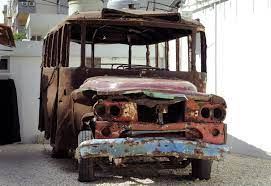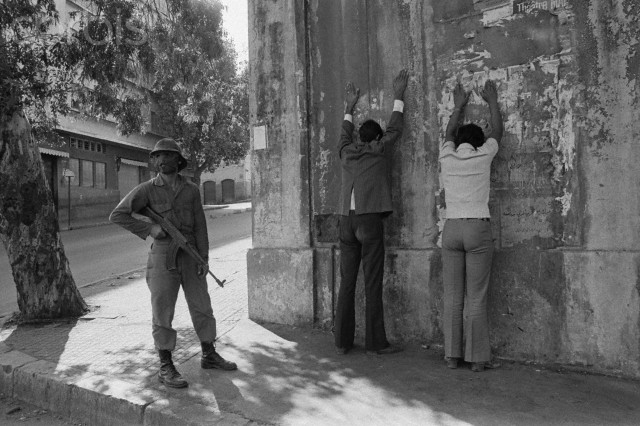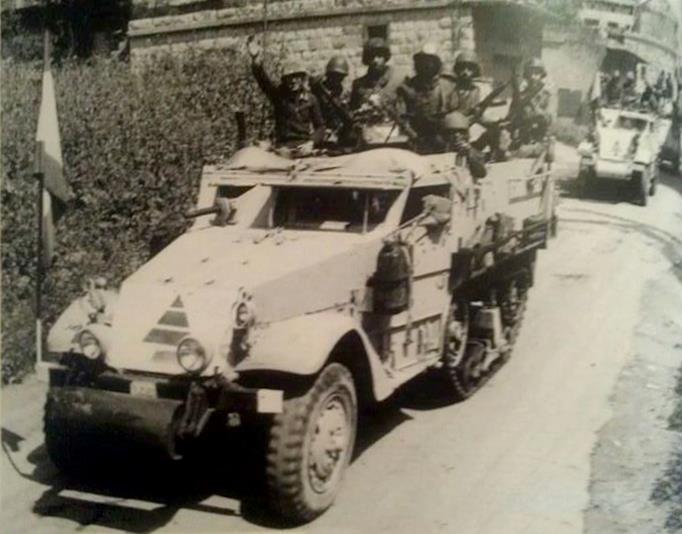Ain El Remmaneh 13 April 1975
عين الرمانة 13 نيسان 1975
History
عين الرمانة هي منطقة مسيحية في قضاء بعبدا جبل لبنان، لبنان، وهي ضاحية من ضواحي بيروت . شهدت المنطقة حادثة بوسطة عين الرمانة في 13 نيسان 1975 بين حزب الكتائب اللبنانية والمسلحين الفلسطينيين في لبنان،
في يوم 13 نيسان من العام 1975 واثناء خروج رئيس حزب الكتائب الشيخ بيار الجميل من كنيسة سيدة الخلاص في عين الرمانة تعرّض لاطلاق نار من مسلحين عرفوا فيما بعد انهم من الفلسطينيين واستشهد على اثرها مرافقه جوزف بو عاصي( اول شهيد للمقاومة في الحرب)، وفي نفس اليوم وفي ظل اجواء شديدة التوتر، شهد مرور باص يقلّ مسلحين فلسطينيين بصورة استفزازية، فاندلعت اشتباكات بينهم وبين المقاتلين الكتائبيين فسقط من المسلحين 27 مقاتلاً، واندلعت على اثرها الاشتباكات في مناطق عدة من بيروت، وحاولت القوى اليسارية المتحالفة مع الفلسطينيين وعلى رأسهم رئيس الحزب التقدمي الاشتراكي كمال جنبلاط عزل حزب الكتائب، مما ادى الى التفاف غالبية المسيحيين من حوله، وكانت الشرارة لاندلاع الحرب اللبنانية، وسمّيت عبن الرمانة بقلعة الصمود.
Ain El-Rummaneh is a Christian area in Baabda district of Mount Lebanon, and it is a suburb of Beirut. The region witnessed an incident in the middle of Ain al-Rummaneh on April 13, 1975, between the Lebanese Phalange Party and the Palestinian militants in Lebanon.
On the 13th of April of the year 1975, while the head of the Phalange Party, Sheikh Pierre Gemayel, was leaving the Church of Our Lady of Salvation in Ain al-Rummaneh, he was shot by gunmen who later knew that they were Palestinians, and his companion, Joseph Bou Assi (the first martyr of the resistance in the war), was martyred. That day, in a very tense atmosphere, a bus carrying Palestinian militants provocatively passed by, and clashes erupted between them and the Phalangist fighters, and 27 of the militants fell, and as a result, clashes broke out in several areas of Beirut, and the leftist forces allied with the Palestinians, tried to dismiss the Phalange Party, which led the majority of Christians rallying around it, and the spark of the Lebanese war was the outbreak. Since that day Ain al-Rummaneh was called in the war period the Castle of Resiliance.



